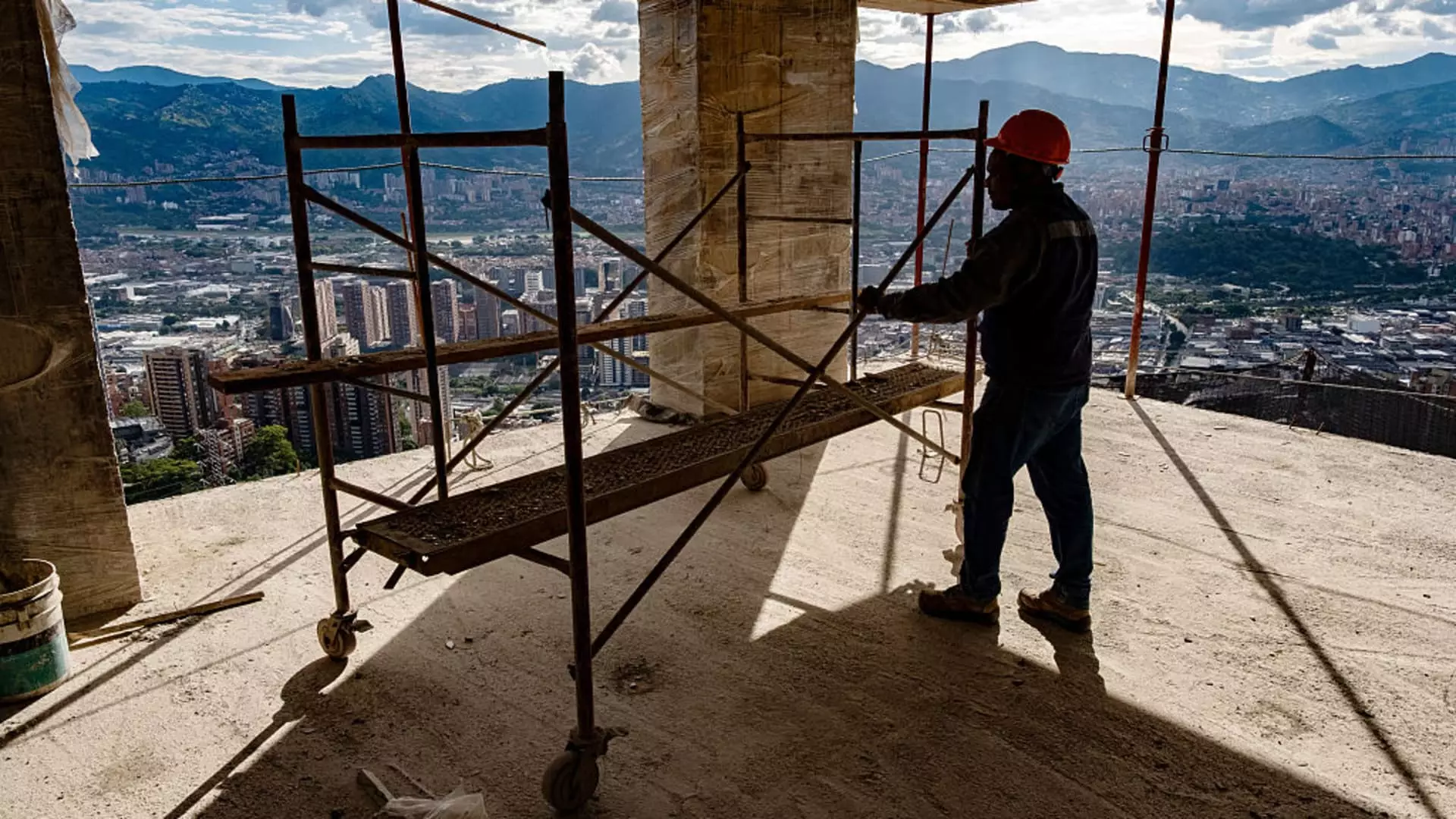Construction and homebuilding, industries deeply rooted in tradition and convention, have long resisted modernization. Despite their scale and importance to our economy and daily lives, these sectors lag painfully behind in adopting technological innovations. A primary reason is their sprawling complexity, coupled with entrenched practices that favor the status quo over change. When examining how recalcitrant this industry remains, it’s evident that the resistance to digitization isn’t just inertia—it’s a strategic failure that costs society dearly. Outdated documentation processes, miscommunication, and manual handling of countless physical and digital documents mean billions are squandered annually—lost productivity, budget overruns, and environmental waste. The failure to invest in technology, spending less than 1% of revenues on IT, starkly contrasts with other industries like automotive or aerospace, where digital integration is more prevalent and efficient.
The Human Cost of Industry Neglect
Sarah Buchner’s journey exemplifies the human toll hidden behind these inefficiencies. Her transition from construction worker to tech entrepreneur was driven by personal tragedy—a fatality on her site—that illuminated the industry’s neglect of worker safety and operational efficiency. Her response was innovative: building a health and safety app, then evolving into a tech leader capable of harnessing artificial intelligence for construction workflows. Her experience underscores an oft-overlooked truth—industry failures in safety and efficiency are not mere inconveniences but have real, sometimes tragic implications. It’s a stark reminder that technological apathy isn’t just a matter of productivity; it’s a moral issue.
The Promise of AI and Digital Transformation
Enter artificial intelligence—a game-changer that could finally break the construction industry’s decades-long stagnation. Companies like Buchner’s Trunk Tools are pioneering solutions that automate complex documentation management, risk identification, and project planning. The scale of a typical high-rise project, with millions of pages of evolving plans, blueprints, and schedules, is staggering. Misalignments—such as conflicting electrical and structural directives—are not rare; they are a chronic drain. AI-driven tools promise to restructure, clarify, and streamline these documents, reducing errors, limiting waste, and improving safety. This is not just about efficiency; it’s about fundamentally transforming the industry’s capacity to deliver on time, within budget, and with a lower environmental impact. The recent $40 million funding round for Trunk Tools highlights the investor confidence in this critical shift, illustrating that the industry’s transformation is not a future aspiration but an urgent necessity.
Why We Can’t Afford to Ignore These Changes
The status quo—an industry resistant to change and underfunded for technological innovation—serves no one. It burdens workers with dangerous, inefficient workflows; it inflates costs for investors and homeowners; and it exacerbates environmental problems through unnecessary waste and rework. A digitally modernized construction industry could slash billions in losses annually, while significantly improving safety standards and reducing carbon footprints. But realizing this potential demands more than sporadic investments or pilot programs; it requires a systemic overhaul rooted in a center-left progressive approach that champions responsible innovation. Governments and industry leaders must prioritize digital transformation, recognizing that sustainable growth depends on fostering a culture of technological openness and investment, not clinging to tradition for tradition’s sake.
The Path Forward: Embracing Disruption for a Better Future
The construction and homebuilding sectors stand overdue for disruption, and the stakes couldn’t be higher. The industry’s resistance to modernization cripples progress, costing society billions in lost productivity and environmental waste, and risking human lives. Embracing AI and digital tools—such as those pioneered by entrepreneurs like Sarah Buchner—represents a moral obligation as much as an economic opportunity. Progress will only come when the industry recognizes technology not as a threat but as the most effective tool available to build a safer, more sustainable, and more equitable future. If we fail to act decisively now, we condemn ourselves to continue the cycle of inefficiency and preventable tragedy; if we dare to innovate, the payoff can be transformative for all stakeholders involved.


Leave a Reply